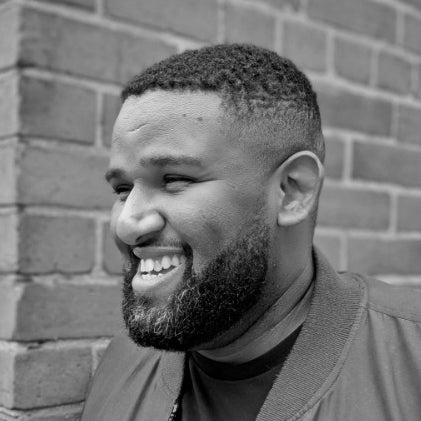CRIME AGAINST HUMANITY
Outgoing State Department official says US border policy is illegal and inhumaneA top State Department legal adviser leaving his post told his colleagues in a memo over the weekend that the Biden administration's deportations of Haitians from the US-Mexico border are illegal and inhumane.

© Nicholas Kamm/AFP/Getty Images/File
By Evan Perez, CNN Justice Correspondent
Harold Koh, a senior adviser at State, sent the memo taking issue with the administration's decision to continue to use a public health law, known as Title 42 and first used by the Trump administration due to the pandemic, to expel migrants intercepted at the border.
"I believe this Administration's current implementation of the Title 42 authority continues to violate our legal obligation not to expel or return ('refouler') individuals who fear persecution, death, or torture, especially migrants fleeing from Haiti," Koh wrote in the memo, first reported by Politico.
A State Department official confirmed the contents of Koh's six-page memo.
Koh is stepping down from the role he has held since President Joe Biden took office, and he had long planned to leave in October, according to a State Department official. He plans continue working as a contractor for State, the official added.
"Title 42 is a public health authority, not an immigration one, and that authority rests with the CDC," a senior State Department official told CNN, referring to the US Centers for Disease Control and Prevention. "The CDC has determined that the expulsion of certain individuals under Title 42 is necessary due to the risks of transmission and spread of COVID-19 in congregate settings, such as U.S. Customs and Border Patrol stations, as well as the threat from emerging variants."
The memo from Koh followed a similar memo from another US diplomat last month, who blasted the Biden policy on Haitian migrants as he resigned. US Special Envoy to Haiti Daniel Foote said he didn't want to be associated with what he called an inhumane policy.
Koh, in his memo, noted that the Biden administration had recently extended Temporary Protected Status for Haitian immigrants in the US, in part because of conditions in Haiti. He also said that more humane alternatives exist for the administration to address the migration crisis at the border.
Koh closed his memo by saying he knows many of his colleagues agree with him and that he hopes the administration changes its policy.
"It simply is not worthy of this Administration that I so strongly support," Koh said.
"The United States remains committed to supporting safe, orderly, and humane migration throughout our region," the senior State Department official said. "We continually engage with partners throughout the migratory corridor to emphasize each nation's responsibility for humane migration management, and that each country needs to enforce immigration laws and protect vulnerable populations."
This story has been updated with comments from a senior State Department official.














